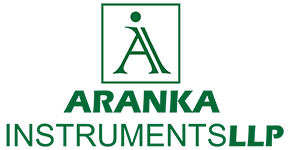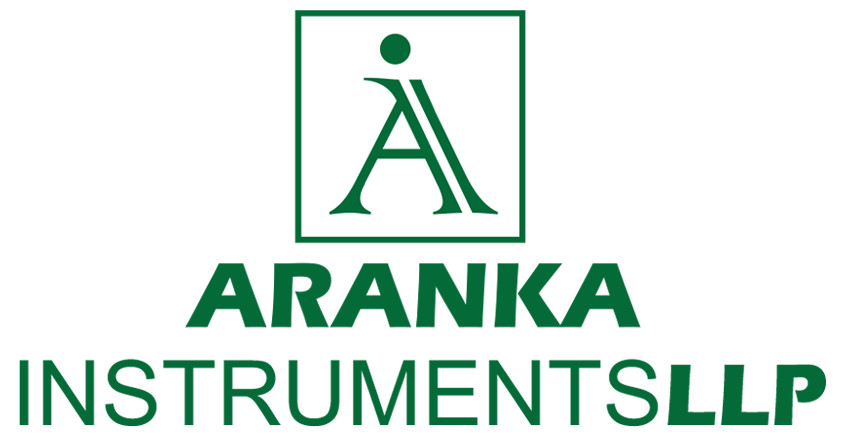
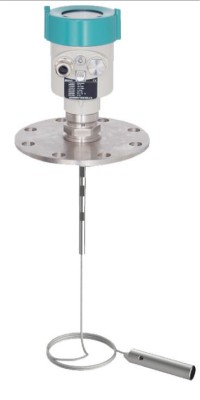
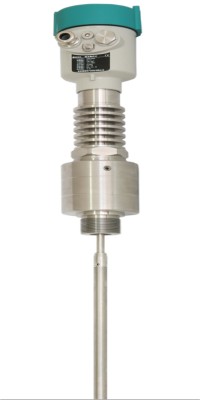
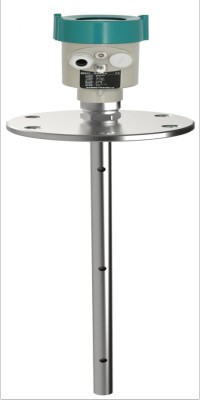
Guided Wave Radar Level Transmitter Manufacturer
Guided Wave Radar (GWR) Level Transmitters use advanced Time-Domain Reflectometry (TDR) technology to deliver precise and continuous liquid level measurement. Microwave pulses are transmitted along a guided probe—available in rod, cable, or coaxial form—and reflected back when they strike the liquid surface or interface between two media. The transmitter determines the level by calculating the time difference between transmission and reflection. Because the microwaves travel through a guided path, the readings remain stable and accurate regardless of temperature, pressure, vapor, or foam variations. As a leading Guided Wave Radar Level Transmitter Manufacturer and Supplier in Ahmedabad, Aranka Instruments LLP provides durable, low-maintenance, and high-performance transmitters designed for chemical processing, industrial automation, and storage applications, ensuring consistent operation and long service life in demanding environments.
- Unlike ultrasonic waves and non-contact microwaves, there is no radiation angle, making it suitable for installation in narrow spaces.
- Operates over wide ranges of temperature & pressure.
- Easy maintenance as no moving parts.
| Power Supply | 24VDC | |
| Measuring range | Bar type(6 meter), Cable type (20meter), Customized | |
| Sensor Electrode | S.S. 316 | |
| Process connection | Thread, Flange | |
| Process Media | Liquid | |
| Frequency range | 100MHZ-1.8GHZ | |
| Analogue output | 4-20mA (Two-wire/Four-wire) | |
| Communication Output | RS 485 Modbus RTU [Optional ] | |
| Accuracy | ±3mm | |
| Max. Pressure | -0.1~2MPa | |
| Max. Temperature | -40~250°C | |
- Chemical and Petrochemical: Monitoring liquid levels in storage tanks, reactors, and pipelines.
- Oil and Gas: Measuring levels in storage tanks, pipelines, and process vessels.
- Water and Wastewater: Monitoring levels in sewage tanks, sedimentation tanks, and water reservoirs.
- Food and Beverage: Measuring levels in tanks and troughs for raw materials and processing.
- Energy Production: Monitoring levels in fuel storage tanks, cooling pools, and other process vessels.
- Pharmaceuticals: Measuring levels in storage tanks and reactors.
- Mining and Minerals: Monitoring levels of solids like cement, powder, and wood chips in storage.
- Aggressive Liquids
- High-Pressure/Temperature Environments
- Dusty and Noisy Environments.
Frequently Asked Questions (FAQ)
What is a Guided Wave Radar Level Transmitter?
A guided wave radar (GWR) transmitter measures liquid levels using microwave pulses that travel along a probe and reflect from the liquid surface, providing accurate and continuous level measurement.
How does a Guided Wave Radar work?
It sends electromagnetic pulses down a rod or cable probe. When these pulses hit the liquid surface, they reflect back to the sensor. The time difference between transmission and reflection is used to calculate the level.
What are the installation precautions?
-
Mount vertically and away from sidewalls or obstructions.
-
Avoid contact with agitators or fittings.
-
Keep probe clean from heavy buildup or sticky materials for accurate readings.
What is a Guided Wave Radar Level Transmitter?
A guided wave radar (GWR) transmitter measures liquid levels using microwave pulses that travel along a probe and reflect from the liquid surface, providing accurate and continuous level measurement.
What are the key features of this sensor?
-
High accuracy: ±3 mm
-
Output: 4–20 mA / RS-485 Modbus
-
Material: SS316 probe
-
Temperature range: –40 °C to +250 °C
-
Pressure range: –0.1 to 2 MPa
-
Maintenance-free: No moving parts
In which industries can it be used?
Ideal for chemical, oil & gas, water treatment, food & beverage, energy, and pharmaceutical industries. Suitable for harsh, dusty, and high-temperature environments.
How to choose the right probe type?
-
Rod type: For short tanks (≤ 6 m) or stable liquids
-
Cable type: For deep tanks (up to 20 m) or tall vessels
Choose probe material and mounting (flange/thread) based on your medium and pressure.
What output and communication options are available?
Standard output is 4–20 mA (2-wire or 4-wire), with an optional RS-485 Modbus RTU interface for digital monitoring and integration with PLC/SCADA systems.
